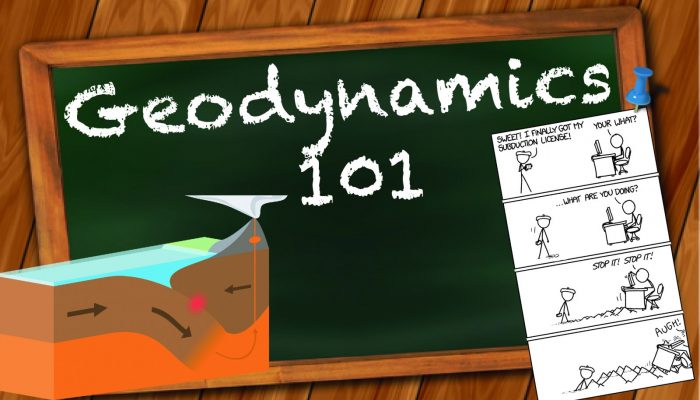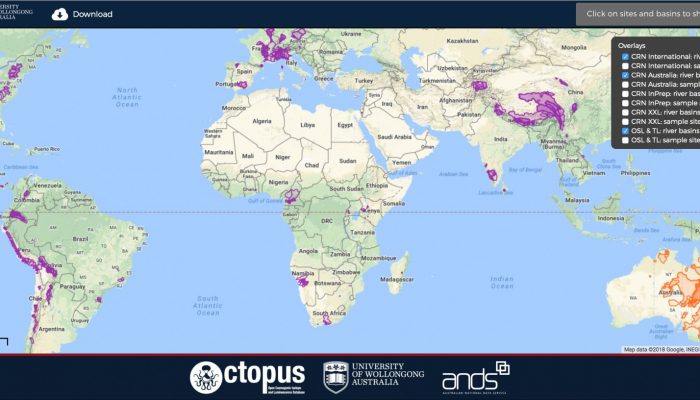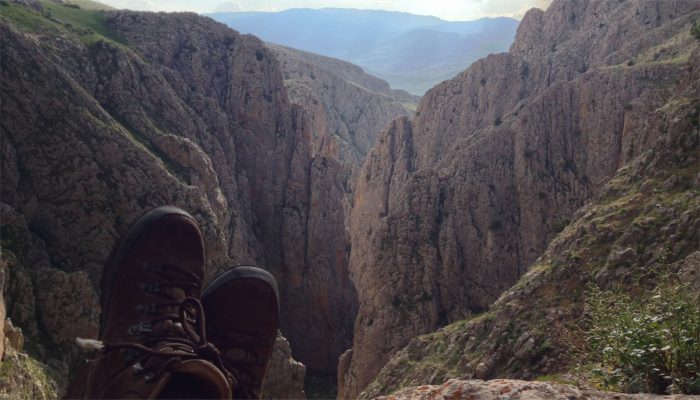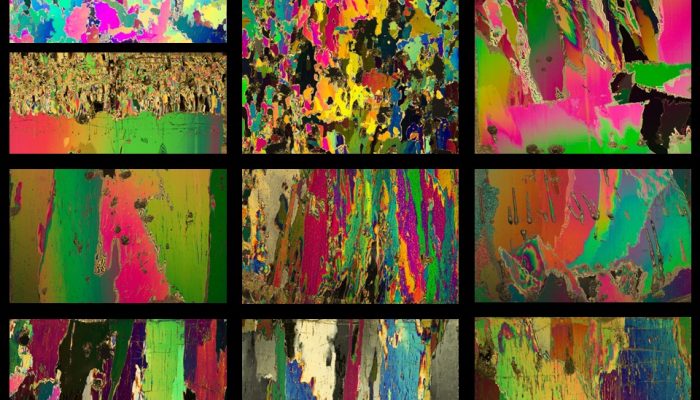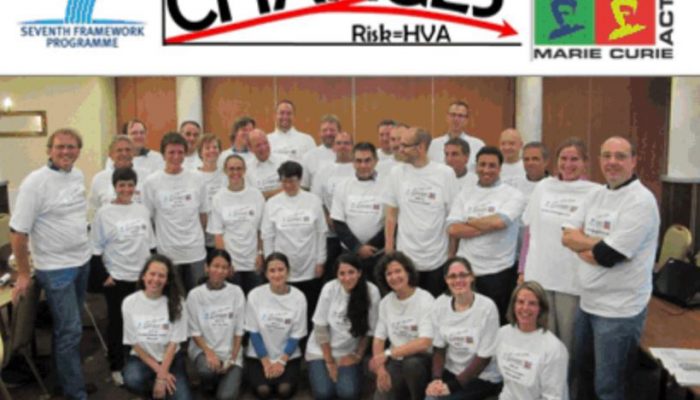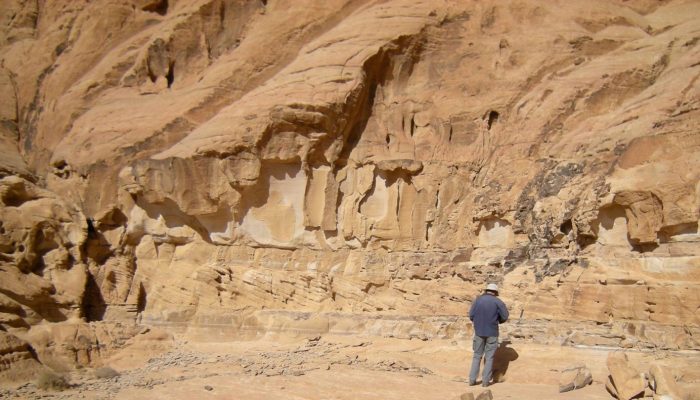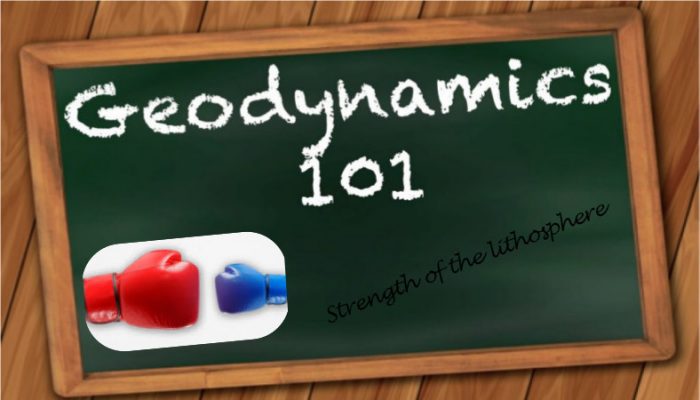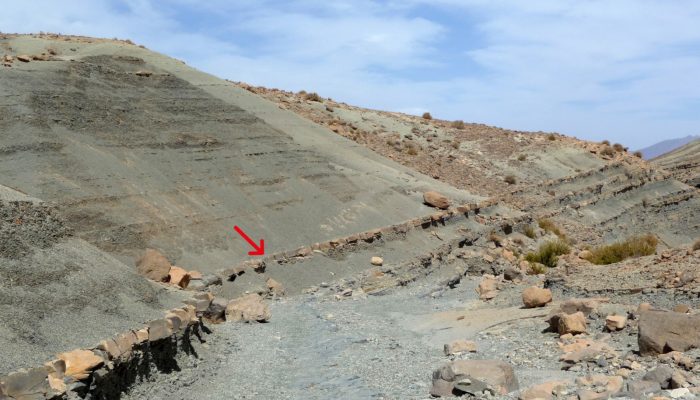After 50 years of ocean explorations, scientists continue to rely on cored material from beneath the ocean floor. The material recovered during oceanographic expeditions constitutes, in fact, a great archive where to look for answers to unravel the Earth’s system history. Over the last decades, subsequent scientific ocean drilling programs (Deep Sea Drilling Project, Ocean Drilling Program, ...[Read More]
Geodynamics
Subduction through the mantle transition zone: sink or stall?
The Geodynamics 101 series serves to showcase the diversity of research topics and methods in the geodynamics community in an understandable manner. We welcome all researchers – PhD students to professors – to introduce their area of expertise in a lighthearted, entertaining manner and touch upon some of the outstanding questions and problems related to their fields. For our latest ‘Geodynamics 10 ...[Read More]
Geomorphology
OCTOPUS: An Open Cosmogenic Isotope and Luminescence Database
– written by Henry Munack, University of Wollongong – In geomorphology, radiometric dating methods have been on the rise during the past decades. Notably cosmogenic nuclide applications and luminescence dating gained great popularity because they quantitatively capture geomorphic processes on their process-inherent timescales. To date, globally more than 4,200 in situ detrital catchmen ...[Read More]
Tectonics and Structural Geology
Minds over Methods: Reconstructing oceans lost to subduction
Our next Minds over Methods article is written by Derya Gürer, who just finished a PhD at Utrecht University, the Netherlands. During her PhD, she used a combination of many methods to reconstruct the evolution of the Anadolu plate, which got almost entirely lost during closure of the Neotethys in Anatolia. Here, she explains how the use of these multiple methods helped her to obtain a 3D understa ...[Read More]
Cryospheric Sciences
Image of the Week – The colors of sea ice
The Oscars 2018 might be over, but we have something for you that is just as cool or even cooler (often cooler than -20°C)! Our Image of the Week shows thin sections of sea ice photographed under polarized light, highlighting individual ice crystals in different colors, and is taken from a short video that we made. Read more about what this picture shows and watch the movie about how we got these ...[Read More]
Geodynamics
Postcard from Singapore: Global Young Scientists Summit 2018
Excite, engage, enable. These three words were the driving mission behind the gathering of over 250 PhD and postdoctoral fellows at the Global Young Scientists Summit (GYSS) in Singapore. In January 2018, Thomas Schutzius, Michael Zumstein, Daniel Sutter, and I had the distinct pleasure of representing the Swiss Federal Institute of Technology (ETH Zürich) at this year’s summit. The GYSS is a mult ...[Read More]
Natural Hazards
International Research Projects: what can we learn from CHANGES?
Today I have the pleasure to post an interview on International Research Projects. The interviewee, Dr. Cees van Westen, does not need any introduction for those who work in the field on Natural Hazards. Today, he will “speak” as the coordinator of the CHANGES project and further information can be asked directly to him if this interview will stimulate your curiosity (e-mail: c.j.vanwe ...[Read More]
Stratigraphy, Sedimentology and Palaeontology
SSP blog goes live!
We are delighted to officially launch the blog of the Stratigraphy, Sedimentology and Palaeontology (SSP) division of the EGU! Our community is broad and interdisciplinary, and we hope to establish a platform for sharing up-to-date information on SSP related topics such as (but not limited to): Latest news, publications and reviews in SSP academic and applied research; Recent development in analyt ...[Read More]
Geodynamics
Being both strong and weak
The Geodynamics 101 series serves to showcase the diversity of research topics and methods in the geodynamics community in an understandable manner. We welcome all researchers – PhD students to Professors – to introduce their area of expertise in a lighthearted, entertaining manner and touch upon some of the outstanding questions and problems related to their fields. For our latest ‘Geodynamics 10 ...[Read More]
Stratigraphy, Sedimentology and Palaeontology
Xenoconformity! Welcome to the new-born in the stratigraphy family
Every geologist has heard at least once in his career the term unconformity and all its different flavours (e.g. disconformity, paraconformity, angular unconformity, etc…). These terms are part of the basic learning in geology, often taught during first year classes in Stratigraphy. Well, it seems we’ll have to add one term in these lectures: Xenoconformity! In a recently published paper, Carroll1 ...[Read More]

